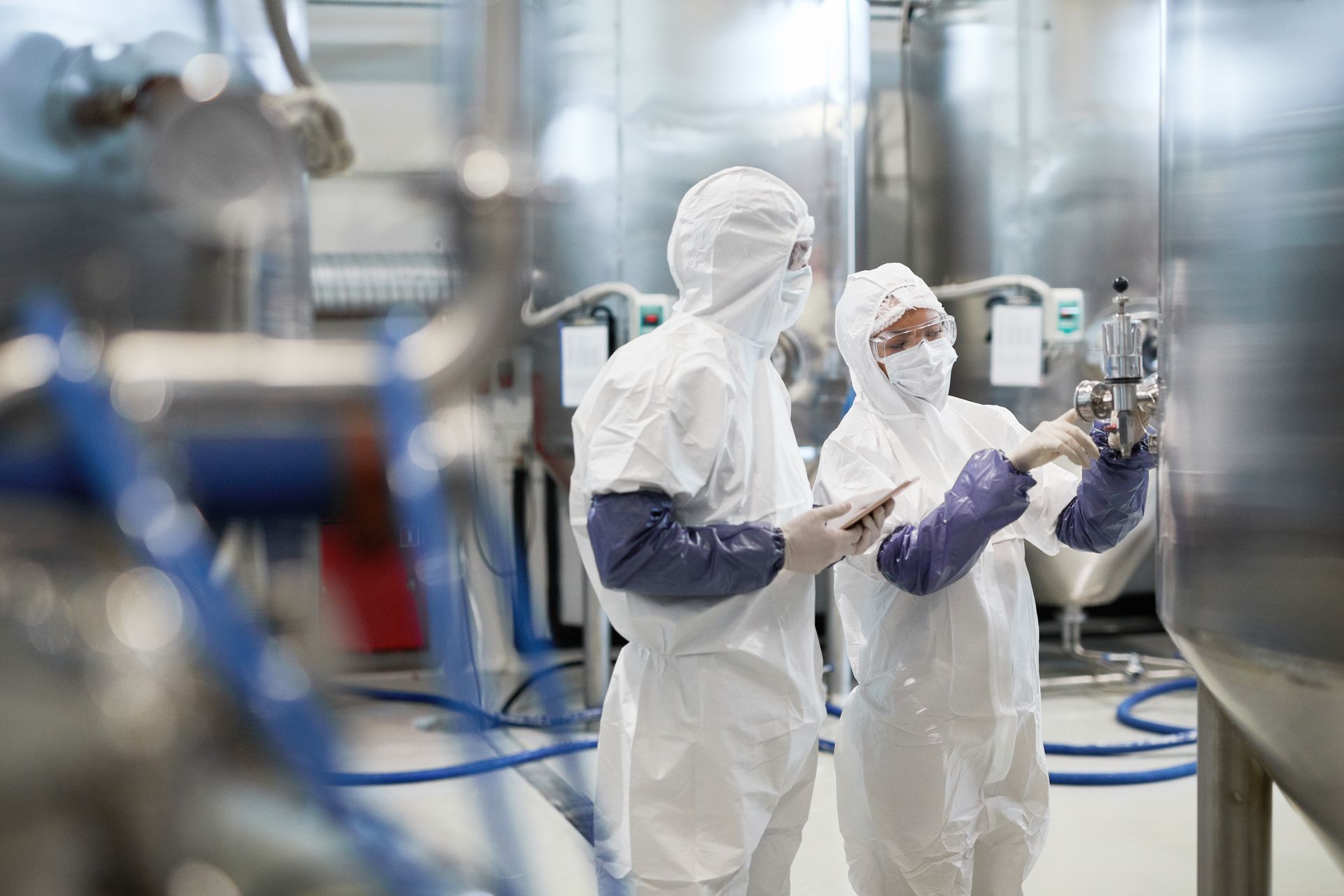Cleanroom Lighting Solutions and Their Impact

Introduction
In the precise world of cleanrooms, every element, including lighting, plays a critical role in maintaining an environment conducive to high-quality production and research. Cleanroom lighting solutions are designed to meet stringent standards that prevent contamination while providing adequate illumination for complex tasks. This article explores the unique challenges of cleanroom lighting, the types of lighting solutions used, and their impact on both the environment and the operations conducted within cleanrooms.
Understanding the Challenges of Cleanroom Lighting
Cleanrooms require a controlled environment where pollutants, such as dust, airborne microbes, and chemical vapors, are kept at minimal levels. Lighting in such environments must not only prevent contamination but also ensure that it does not interfere with the delicate processes carried out in these spaces. Here are some of the specific challenges faced when implementing lighting solutions in cleanrooms:
- Contamination Control: Traditional lighting fixtures can be a source of contamination. They must be designed to prevent the accumulation of dust and to facilitate easy cleaning. This involves using sealed fixtures and smooth surfaces that minimize particle retention.
- Heat Emission: Lighting can significantly affect the temperature and humidity levels within a cleanroom. Excessive heat from lighting fixtures can disrupt the delicate balance required to maintain specific environmental conditions.
- Energy Efficiency: Cleanrooms operate continuously, requiring lighting solutions that are energy efficient to minimize operational costs and environmental impact.
- Brightness and Uniformity: Adequate illumination is critical for ensuring that cleanroom staff can perform precise tasks effectively. The lighting must provide uniform coverage and sufficient brightness without creating glare or shadows that could impede visibility.
Types of Cleanroom Lighting Solutions
To address these challenges, several types of lighting fixtures are commonly used in cleanrooms, each offering specific benefits:
- LED Lighting: Light Emitting Diode (LED) technology is favored in cleanroom settings due to its energy efficiency, long lifespan, and minimal heat output. LED fixtures can be easily sealed to prevent contamination. Additionally, they provide excellent color rendering and uniform light distribution, which are crucial for detailed tasks in cleanrooms.
- Sealed Fluorescent Lighting: Although being gradually replaced by LEDs, sealed fluorescent lighting has been a staple in cleanrooms due to its efficiency and good color rendering. These fixtures are designed with seals that prevent the ingress of particles and vapors.
- Indirect Lighting: To reduce glare and improve visual comfort, some cleanrooms employ indirect lighting solutions where light is bounced off the ceiling or walls. This technique provides a softer, diffused light that is evenly spread across the room.
- Task Lighting: In areas where precise or intricate work is performed, task lighting is used to provide additional illumination. These solutions must also be designed to be cleanroom compliant, with easy-to-clean surfaces and minimal particle generation.
Impact of Lighting Solutions on Cleanroom Operations
The right lighting solutions can significantly impact the efficiency and effectiveness of cleanroom operations:
- Enhanced Visibility for Precision Work: Proper lighting is essential for tasks that require high levels of accuracy, such as assembling microelectronics or preparing pharmaceutical products. Poor lighting can lead to errors and increased waste.
- Improved Worker Comfort and Productivity: Adequate and comfortable lighting reduces eye strain and fatigue, thereby enhancing worker productivity and reducing the likelihood of mistakes.
- Energy Consumption and Cost: By adopting energy-efficient lighting solutions, such as LEDs, cleanrooms can significantly reduce their energy usage and operational costs. Given the continuous operation of these facilities, even small savings per unit of light can add up to substantial amounts.
- Compliance with Safety Standards: Appropriate lighting is critical for maintaining a safe work environment. It helps ensure that all areas are properly illuminated to prevent accidents and allows for safe evacuation in case of emergencies.
Conclusion
Lighting in cleanrooms is a critical component that affects not only the operational integrity of the environment but also the well-being of the staff and the financial efficiency of the operations. As technology advances, lighting solutions continue to evolve, offering greater efficiency, better contamination control, and improved working conditions.
The choice of the right lighting system in a cleanroom is a key factor that contributes to the overall success and sustainability of operations in critical environments like pharmaceuticals, biotechnology, and semiconductor manufacturing.
Read more: All About Cleanrooms - The ultimate Guide






